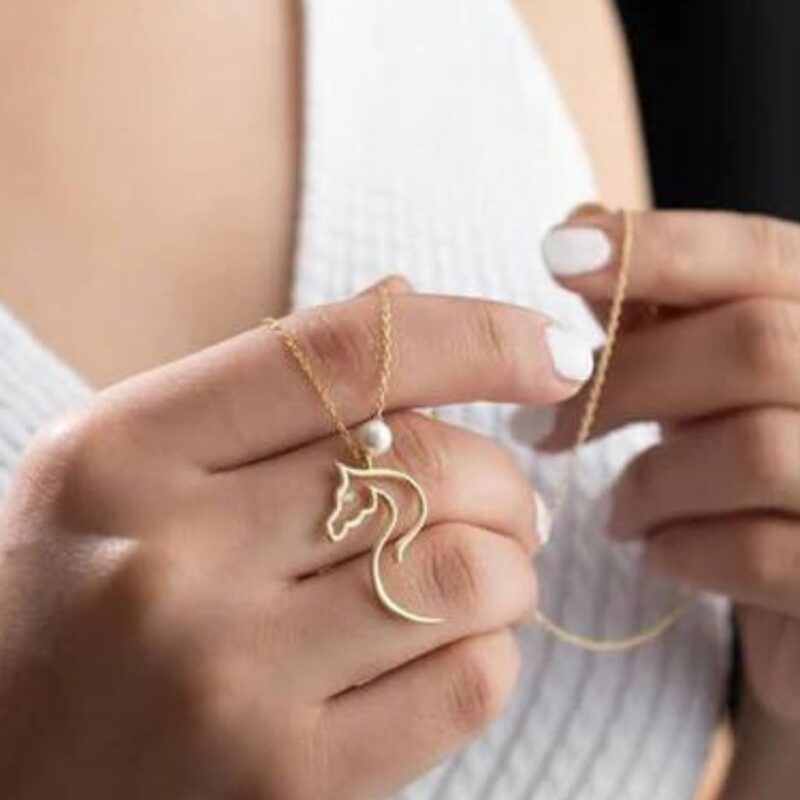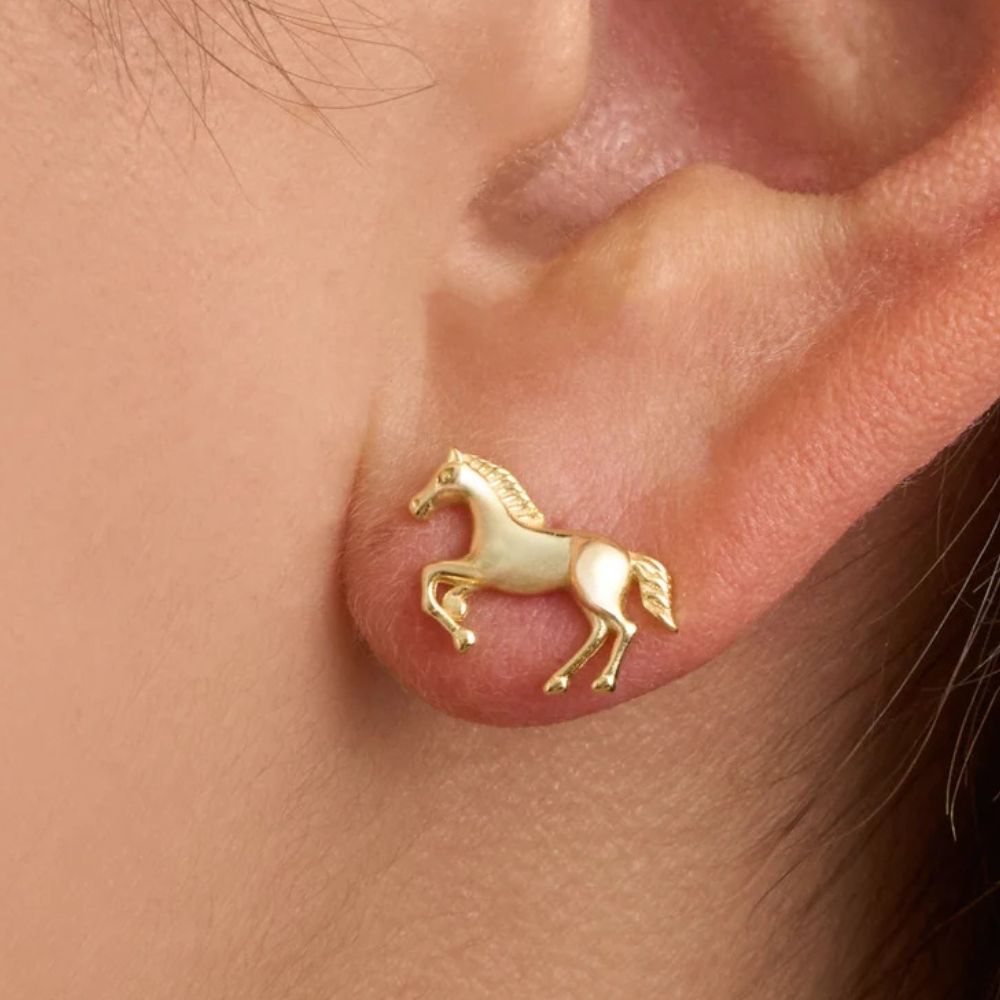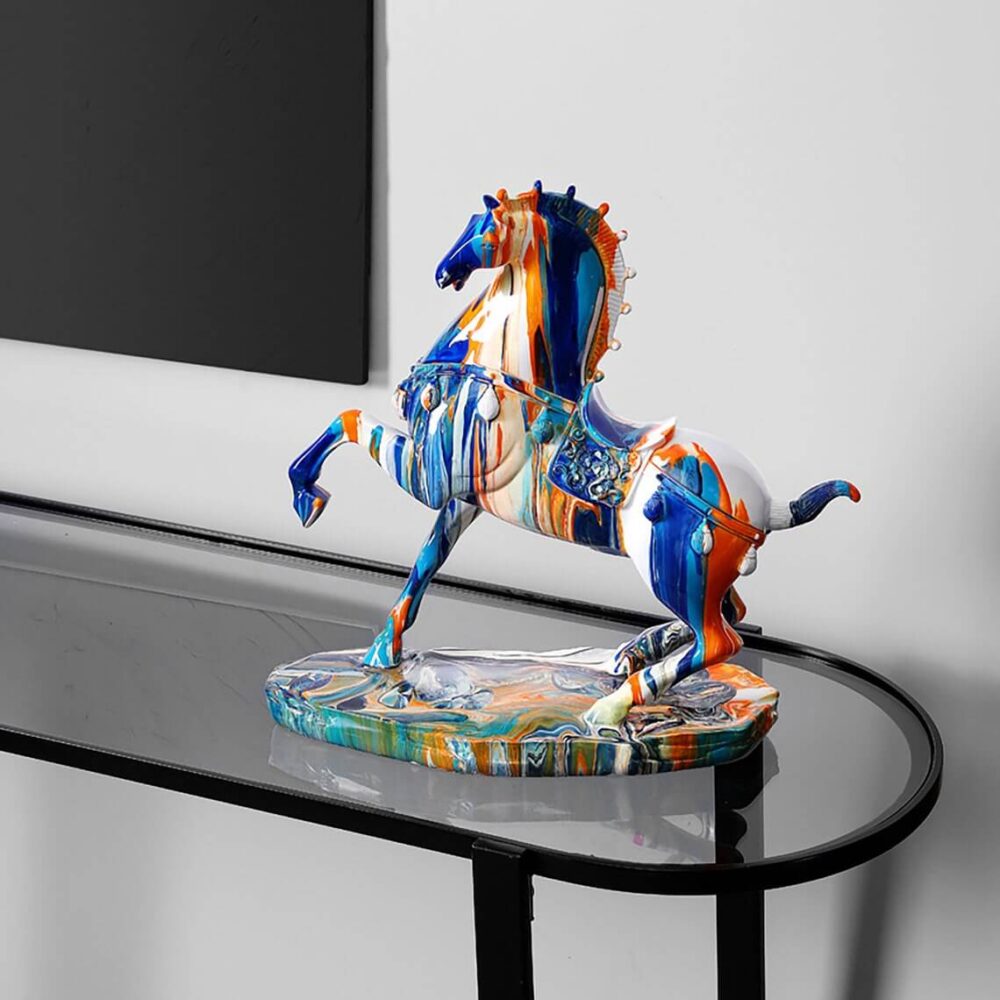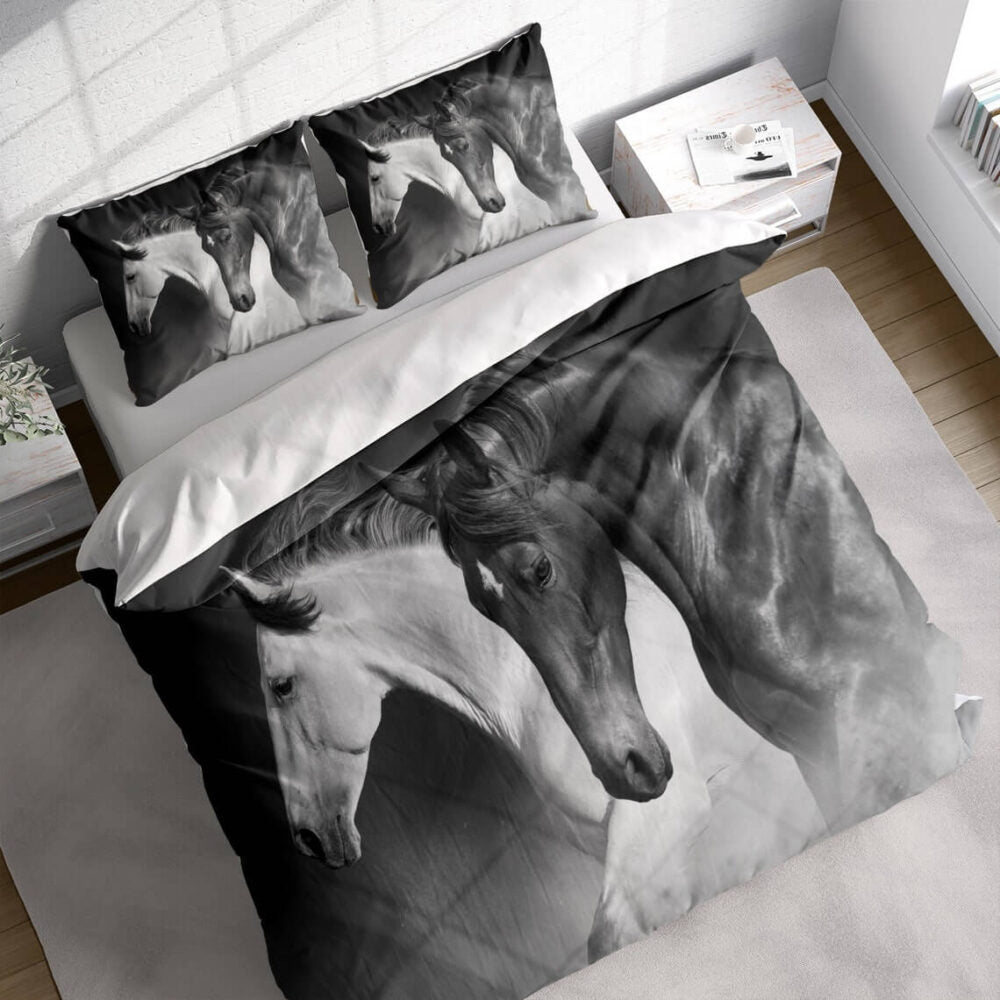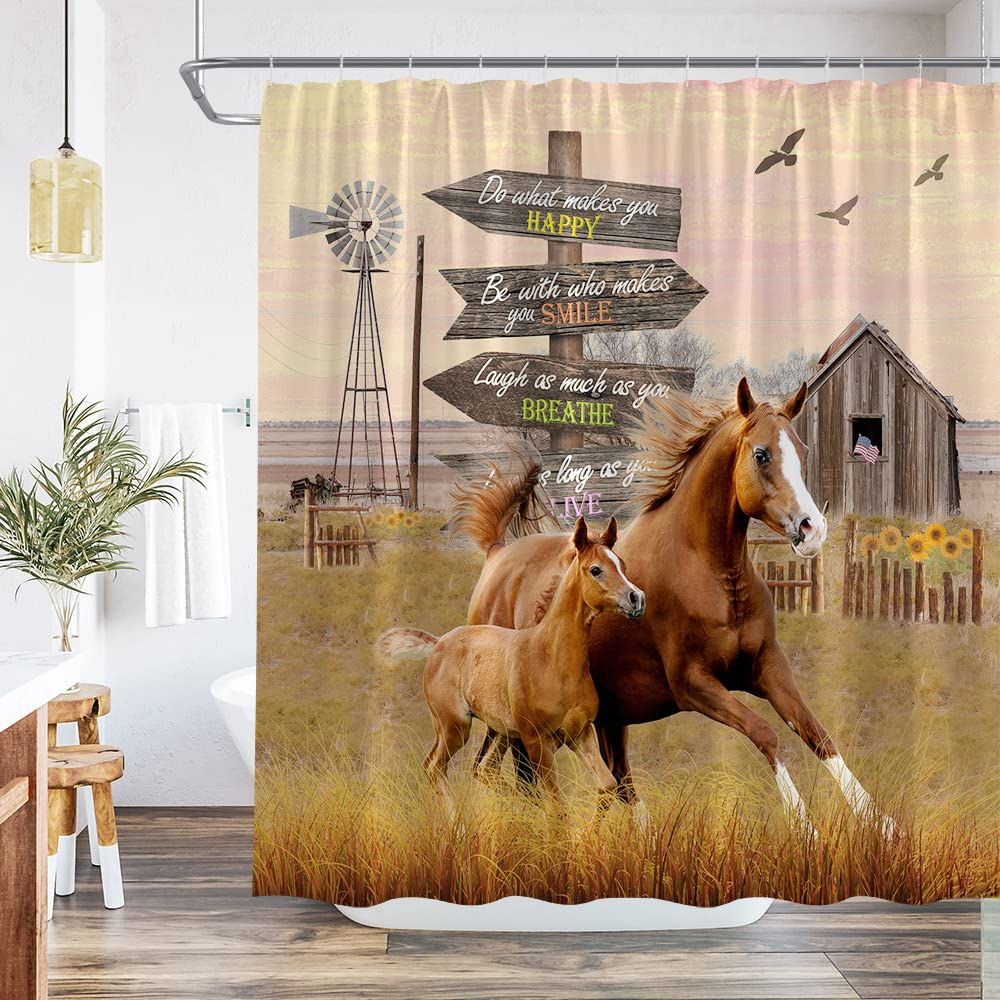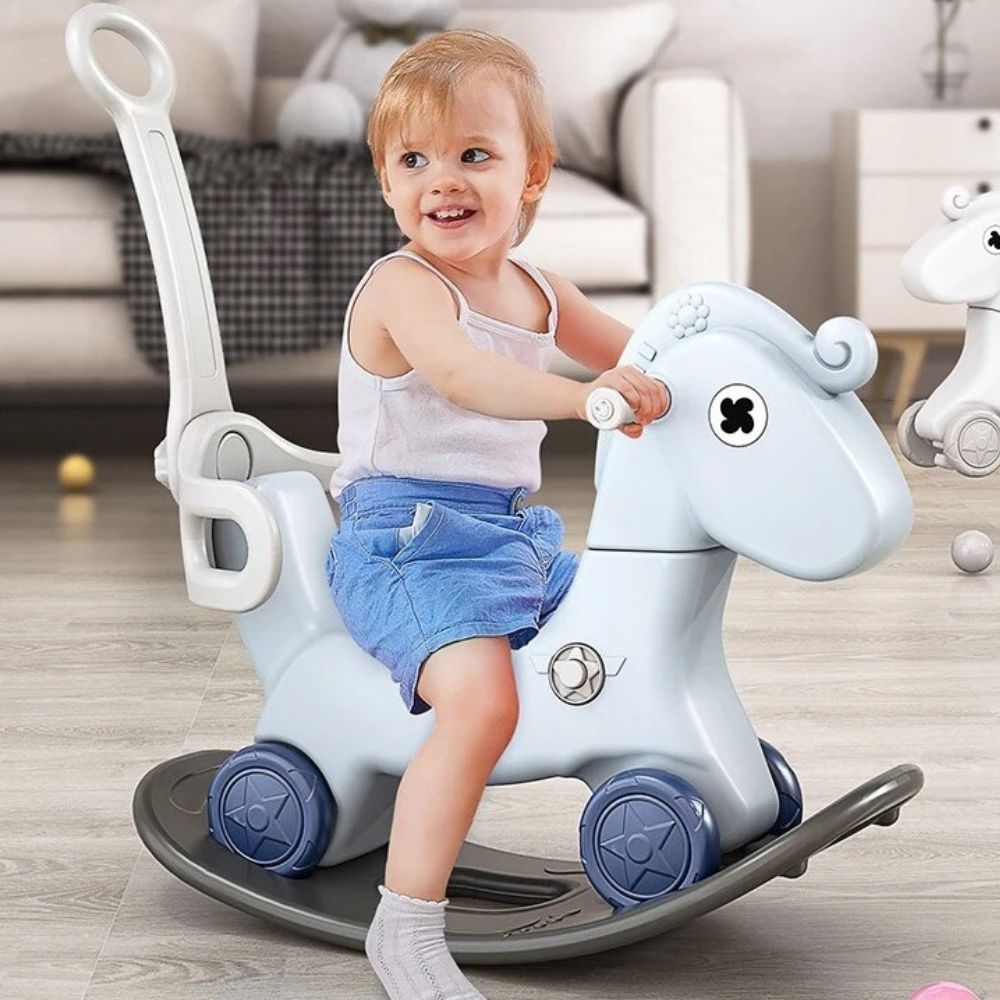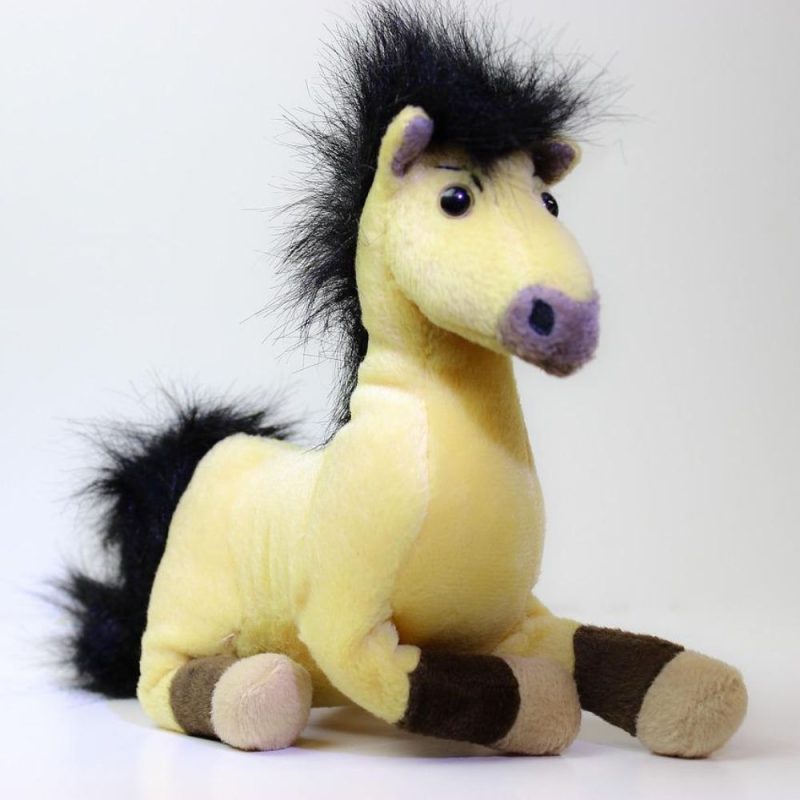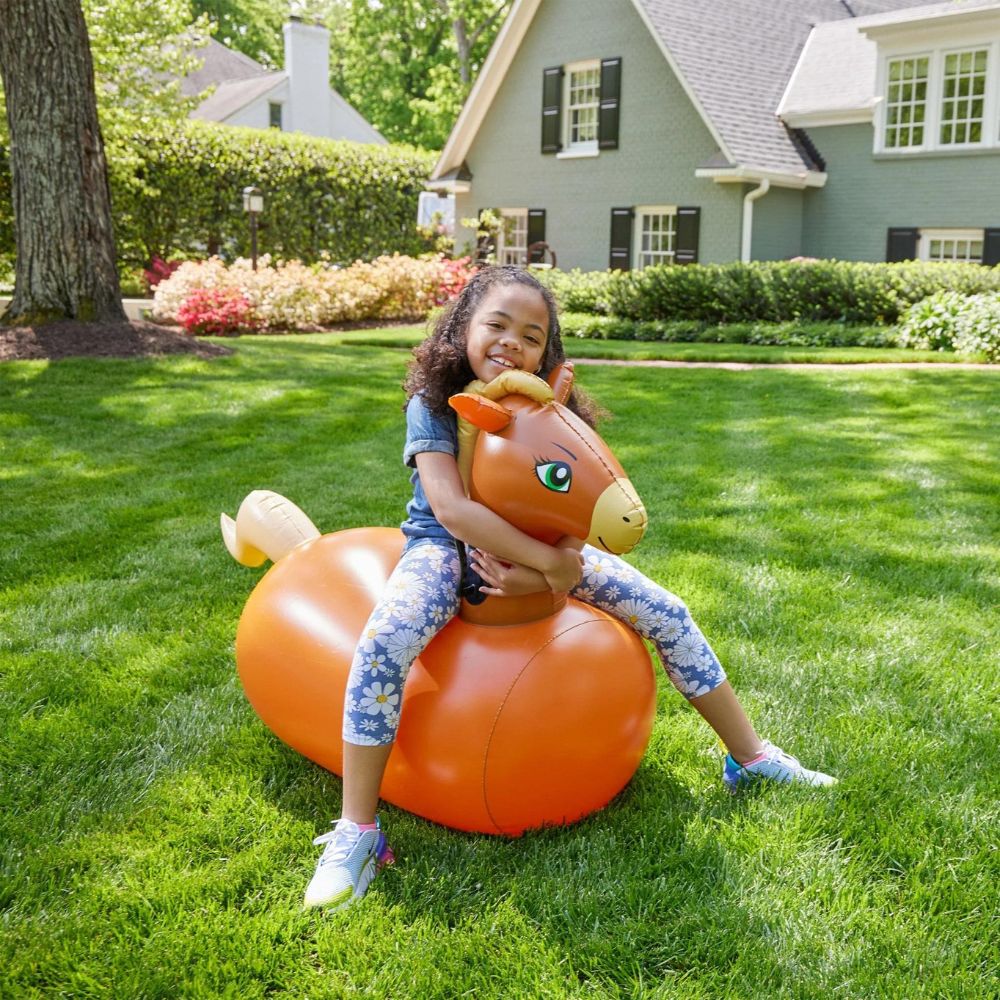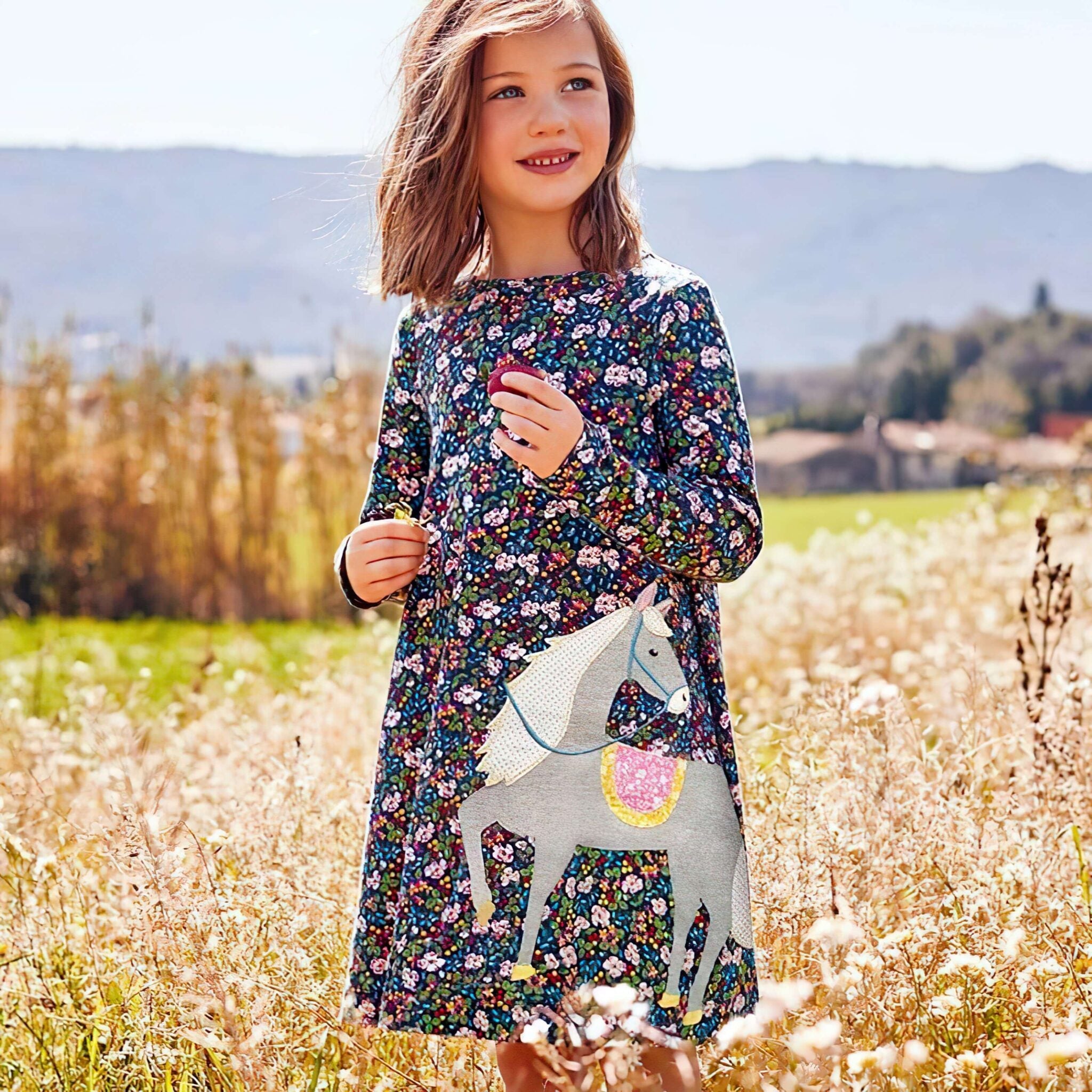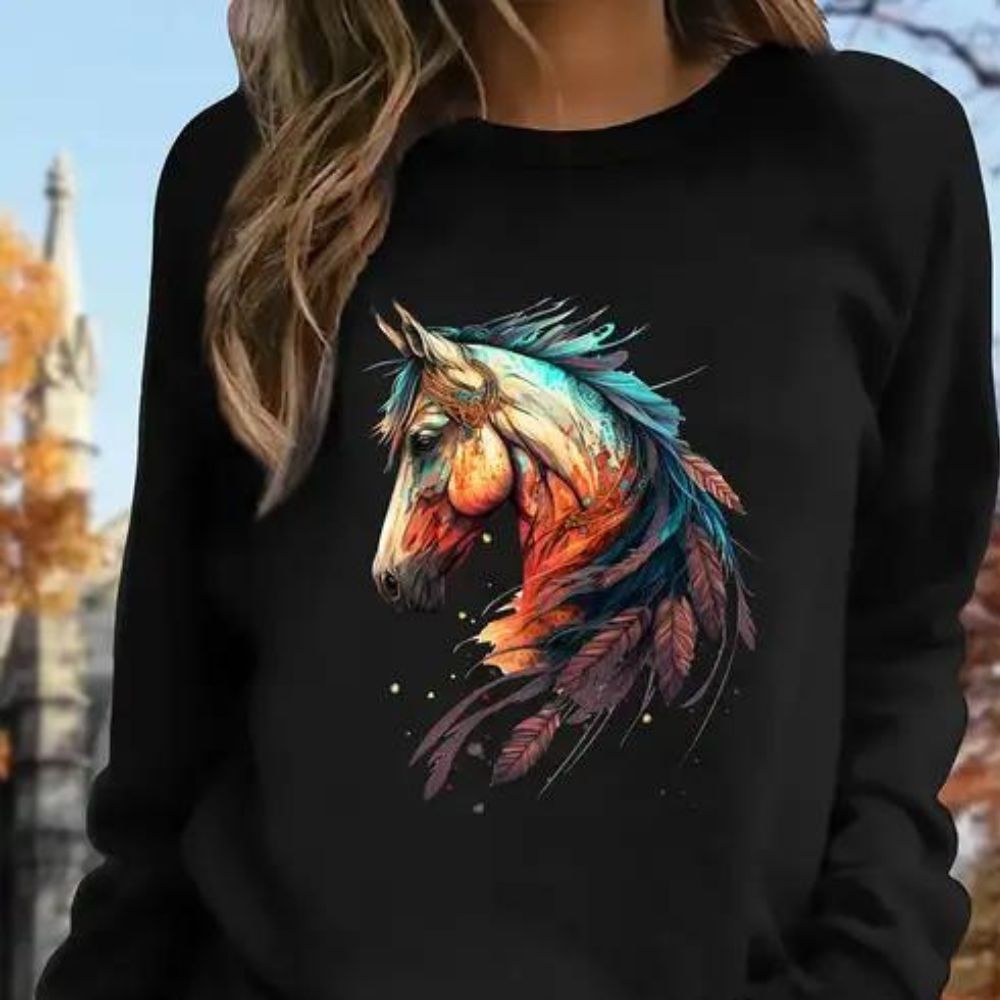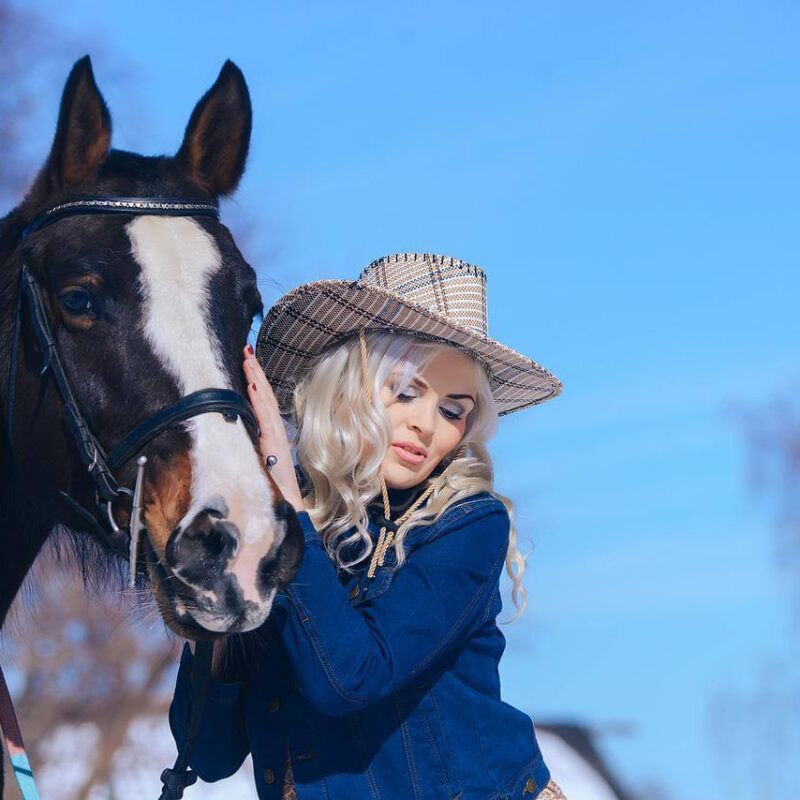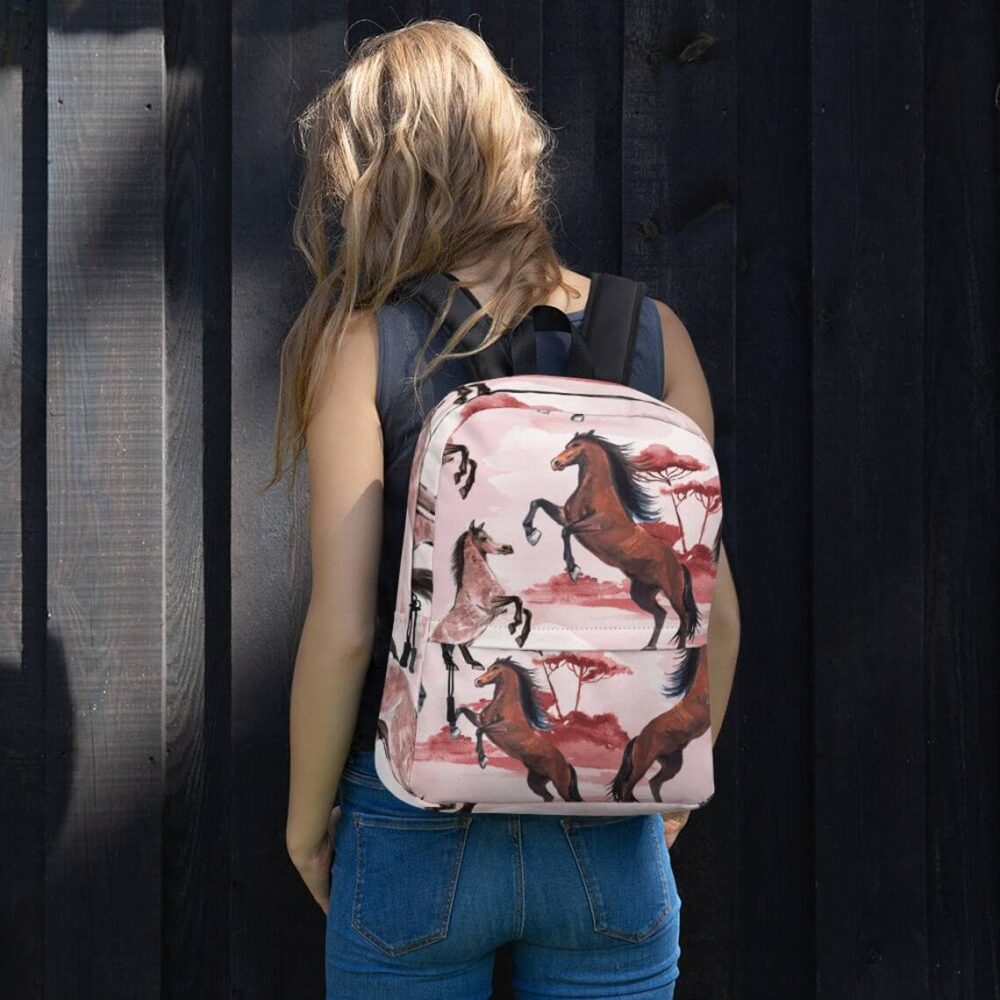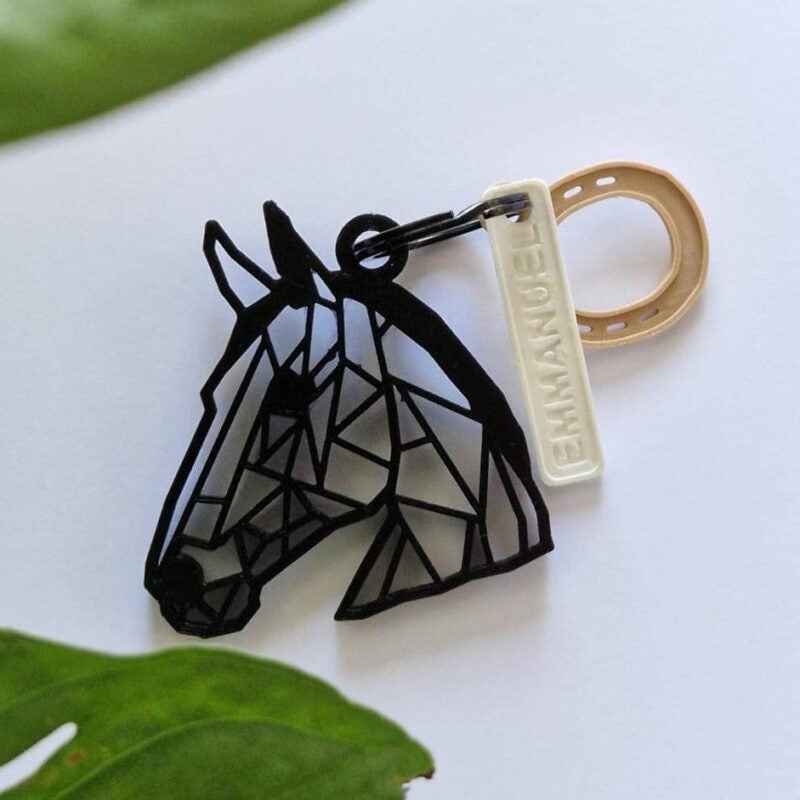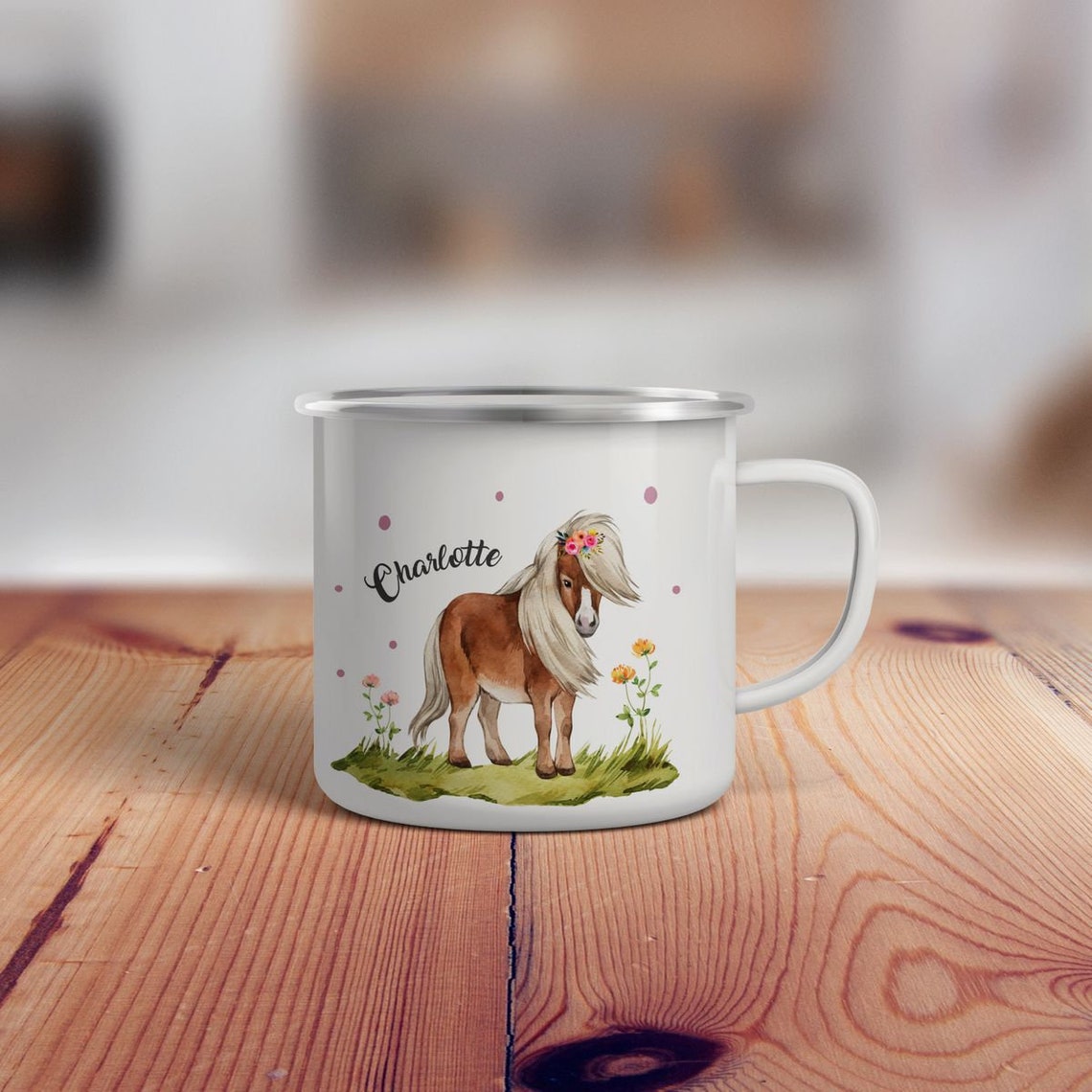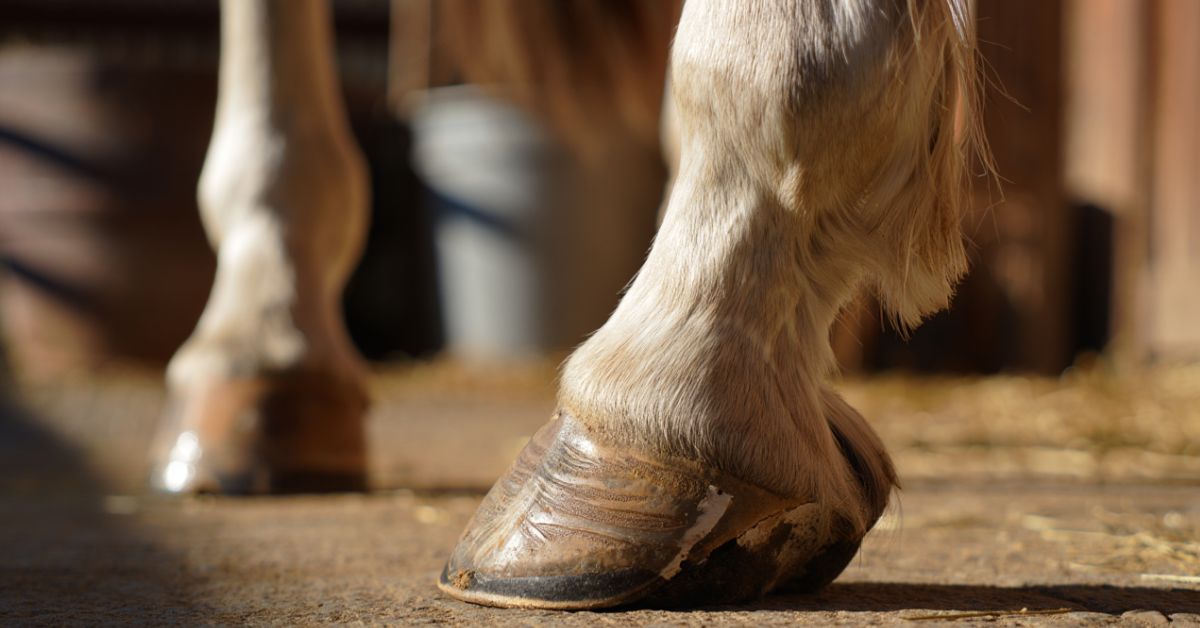
What is Ringbone on a Horse: Complete Guide to Symptoms, Treatment & Prevention
Ringbone in horses is one of the most common yet concerning conditions that can affect your beloved equine companion. As horse enthusiasts, we've all heard whispers about this degenerative condition at the barn, but what exactly is ringbone, and should you be worried about it? 🐴
Ringbone is essentially a form of equine arthritis that develops in the pastern and coffin joints of a horse's lower leg. This degenerative condition causes new bone growth around the joint, creating a characteristic "ring" of bone that gives the condition its name. The result? Horse lameness that can range from subtle to severe, potentially impacting your horse's performance and quality of life. Whether you're dealing with high ringbone affecting the pastern joint or low ringbone involving the coffin joint, understanding this condition is crucial for every horse owner who wants to ensure their horse's long-term horse soundness and well-being.
Chapter 1: Understanding the Anatomy Behind Ringbone
What Happens Inside Your Horse's Leg
To truly grasp what ringbone in horses means, we need to dive into the intricate world of hoof anatomy. Think of your horse's lower leg as a sophisticated mechanical system where every component must work in perfect harmony.
The horse pastern joint (also called the proximal interphalangeal joint) sits between the long pastern bone and short pastern bone, while the horse coffin joint (distal interphalangeal joint) connects the short pastern bone to the coffin bone inside the hoof. These joints are like the hinges on a well-oiled gate – when they're healthy, movement is smooth and effortless.
The Two Main Types of Ringbone
High ringbone develops around the pastern joint arthritis area, typically visible as swelling or bony enlargement above the coronet band. This type often shows more obvious external signs and can be easier to spot during your daily horse care routine.
Low ringbone, affecting the coffin joint arthritis region, occurs deeper within the hoof capsule. This makes it trickier to detect visually, but it's no less significant in terms of impact on your horse's comfort and performance.
Articular vs. Periarticular: The Critical Difference
Understanding whether your horse has articular ringbone or periarticular ringbone makes all the difference in prognosis and treatment options:
-
Articular ringbone affects the actual joint surface, typically leading to more severe horse lameness and a more guarded prognosis
-
Periarticular ringbone involves bone growth around the joint but doesn't directly affect the joint surface, often resulting in better long-term outcomes
➤ Also Read: Why Do Horses Bob Their Heads: Understanding This Common Equine Behavior
Chapter 2: Recognizing the Warning Signs
Early Symptoms Every Horse Owner Should Know
The symptoms of ringbone can be as subtle as morning stiffness or as obvious as head-bobbing lameness. Here's what to watch for during your daily interactions with your horse:
-
Gradual onset lameness that worsens with work
-
Stiffness when first moving, especially noticeable during turnout
-
Heat and swelling around the pastern or coronet area
-
Shortened stride or reluctance to extend the affected leg
-
Performance decline in disciplines requiring collection or extension
-
Behavioral changes such as reluctance to be caught or groomed
-
Visible bony enlargements around the pastern joint (in advanced cases)
When Subtle Becomes Serious
Dr. Sarah Mitchell, an equine veterinarian with 20 years of experience, notes: "Many owners dismiss early ringbone symptoms as general aging or minor soreness. The key is recognizing that any persistent change in your horse's movement warrants professional evaluation."
Horse lameness associated with ringbone often follows a predictable pattern. Initially, your horse might seem slightly "off" after intense work or on hard ground. This intermittent discomfort can progress to consistent lameness that's present even during light exercise.
The Diagnostic Journey
A proper diagnosis of ringbone requires professional veterinary evaluation. Your vet will likely perform a comprehensive lameness exam that includes:
Radiographs for ringbone remain the gold standard for definitive diagnosis. These X-rays can reveal the characteristic bone changes even before external swelling becomes apparent. In 2023, studies showed that early radiographic detection improved treatment outcomes by 40% compared to cases diagnosed after visible symptoms appeared.
Chapter 3: Root Causes and Risk Factors
What Triggers Ringbone Development
The causes of ringbone are multifaceted, making prevention both challenging and essential. Understanding these factors helps you make informed decisions about your horse's care and management.
Conformation plays a starring role in ringbone development. Horses with upright pasterns experience increased concussion with each stride, while those with long, sloping pasterns face excessive strain on the joint structures. It's like the difference between walking in high heels versus flat shoes – both can cause problems, just in different ways.
Age, Activity, and Genetic Predisposition
Chronic ringbone typically develops in horses over 10 years old, though young performance horses can develop the condition due to repetitive stress. Research from the American Association of Equine Practitioners indicates that 15% of horses in intensive training develop some form of degenerative joint disease by age 8.
Breed predisposition also influences ringbone development. Heavy draft breeds and horses with naturally upright conformation show higher incidence rates, while breeds known for elastic, flowing movement tend to have lower occurrence rates.
Environmental and Management Factors
Working horses on consistently hard surfaces, inadequate warm-up routines, and poor hoof balance all contribute to equine arthritis development. Think of it as compound interest – small daily stresses accumulate over time, eventually reaching a tipping point where horse degenerative joint disease becomes inevitable.
Nutritional factors shouldn't be overlooked either. Horses with inadequate joint support through diet may be more susceptible to developing ringbone. This is where quality supplements and proper nutrition become investments in your horse's long-term horse joint health.
Chapter 4: Treatment Options and Management Strategies
Medical Management Approaches
Treatment for ringbone has evolved significantly over the past decade, offering horse owners more options than ever before. The key lies in early intervention and a comprehensive approach that addresses both symptoms and underlying causes.
NSAIDs for horses remain the cornerstone of initial treatment. Phenylbutazone (bute) and firocoxib (Equioxx) are commonly prescribed to reduce inflammation and manage pain. However, long-term NSAID use requires careful monitoring, as extended use can lead to gastric ulcers and kidney issues.
Revolutionary Treatment Options
Joint supplements for horses have shown promising results in managing chronic ringbone. High-quality glucosamine, chondroitin, and hyaluronic acid supplements can help maintain existing cartilage and potentially slow disease progression. A 2024 study published in the Journal of Equine Veterinary Science found that horses receiving targeted joint supplementation showed 30% less disease progression over two years compared to controls.
Alternative therapies for ringbone are gaining recognition in the veterinary community:
-
Platelet-rich plasma (PRP) therapy shows promise for articular cartilage repair
-
Stem cell therapy offers potential for tissue regeneration
-
Shockwave therapy can stimulate healing and reduce pain
-
Acupuncture provides pain relief and improved circulation
-
Cold laser therapy reduces inflammation and promotes healing
Mechanical Solutions: Shoeing and Support
Corrective shoeing for ringbone plays a crucial role in long-term management. Therapeutic shoeing options include:
Egg bar shoes that provide heel support and reduce breakover stress, wide-web shoes that increase ground contact and distribute weight more evenly, and rolled-toe modifications that ease breakover and reduce joint stress.
Your farrier and veterinarian should work together to develop a shoeing strategy that addresses your horse's specific conformation and ringbone presentation. This collaboration is essential for optimal outcomes.
Chapter 5: Long-term Management and Prevention
Living with Ringbone: Realistic Expectations
The ringbone prognosis varies significantly depending on the type and severity of the condition. Periarticular ringbone often has a more favorable outlook, with many horses returning to their previous level of activity with proper management. Articular ringbone, unfortunately, typically carries a more guarded prognosis, particularly for high-performance disciplines.
Managing ringbone successfully requires a shift in perspective. Rather than viewing it as a career-ending diagnosis, consider it a chronic condition that needs ongoing attention – similar to managing diabetes in humans.
Exercise Protocols and Activity Modification
Exercise with ringbone must be carefully balanced. Complete rest rarely benefits horses with chronic ringbone, as joint immobility can worsen stiffness and muscle atrophy. Instead, controlled, consistent exercise often proves most beneficial.
James Robertson, a respected equine sports medicine specialist, explains: "The goal isn't to eliminate all discomfort – it's to maintain function while keeping pain at manageable levels. Many horses with well-managed ringbone continue to enjoy productive, comfortable lives."
Prevention Strategies for the Future
Ringbone prevention starts with good horsemanship fundamentals:
Smart training practices that include proper warm-up and cool-down routines, progressive conditioning programs, and regular veterinary check-ups. Proper nutrition with attention to joint health and appropriate mineral balance is crucial, as is maintaining optimal body condition to reduce joint stress.
Understanding equine ringbone means recognizing that prevention is always preferable to treatment. Young horses benefit tremendously from proper conditioning, balanced nutrition, and careful attention to hoof balance and shoeing.
Frequently Asked Questions on Ringbone in Horses
How can I tell the difference between bone spavin and ringbone?
Bone spavin vs ringbone location is the primary differentiator. Ringbone affects the pastern and coffin joints in the lower leg, while bone spavin occurs in the hock (upper rear leg joint). Ringbone typically causes lameness that's most apparent on hard ground, while bone spavin often shows up as stiffness during initial movement that improves with exercise.
Can horses with ringbone still be ridden?
Ringbone and riding compatibility depends entirely on the severity and type of condition. Many horses with periarticular ringbone continue successful riding careers with appropriate management. Articular ringbone may limit high-performance activities but often allows for pleasure riding and light work.
What's the role of diet in ringbone management?
Diet and ringbone connection centers around providing adequate joint support nutrients. Omega-3 fatty acids, glucosamine, and chondroitin can help maintain joint health. Maintaining proper body weight reduces mechanical stress on affected joints.
Are there any new treatments on the horizon?
Equine pain management and ringbone treatment continue evolving. Regenerative medicine, including stem cell and platelet-rich plasma therapies, shows increasing promise. Joint fusion remains an option for severe cases where conservative management fails.
How do I know if my horse needs veterinary attention?
Any persistent change in your horse's movement, especially stiffness, shortened stride, or reluctance to move forward, warrants professional evaluation. Early intervention in horse hoof problems and joint issues consistently produces better outcomes than waiting until symptoms become severe.
Equine veterinary care for suspected ringbone should never be delayed. What appears as minor stiffness today could represent the early stages of horse degenerative joint disease that responds much better to early treatment.
Express your style as a dedicated horse owner by choosing products that support your horse's health and your passion for equestrian life. At Dream Horse, we understand that caring for horses with conditions like ringbone requires dedication, knowledge, and the right support systems.








